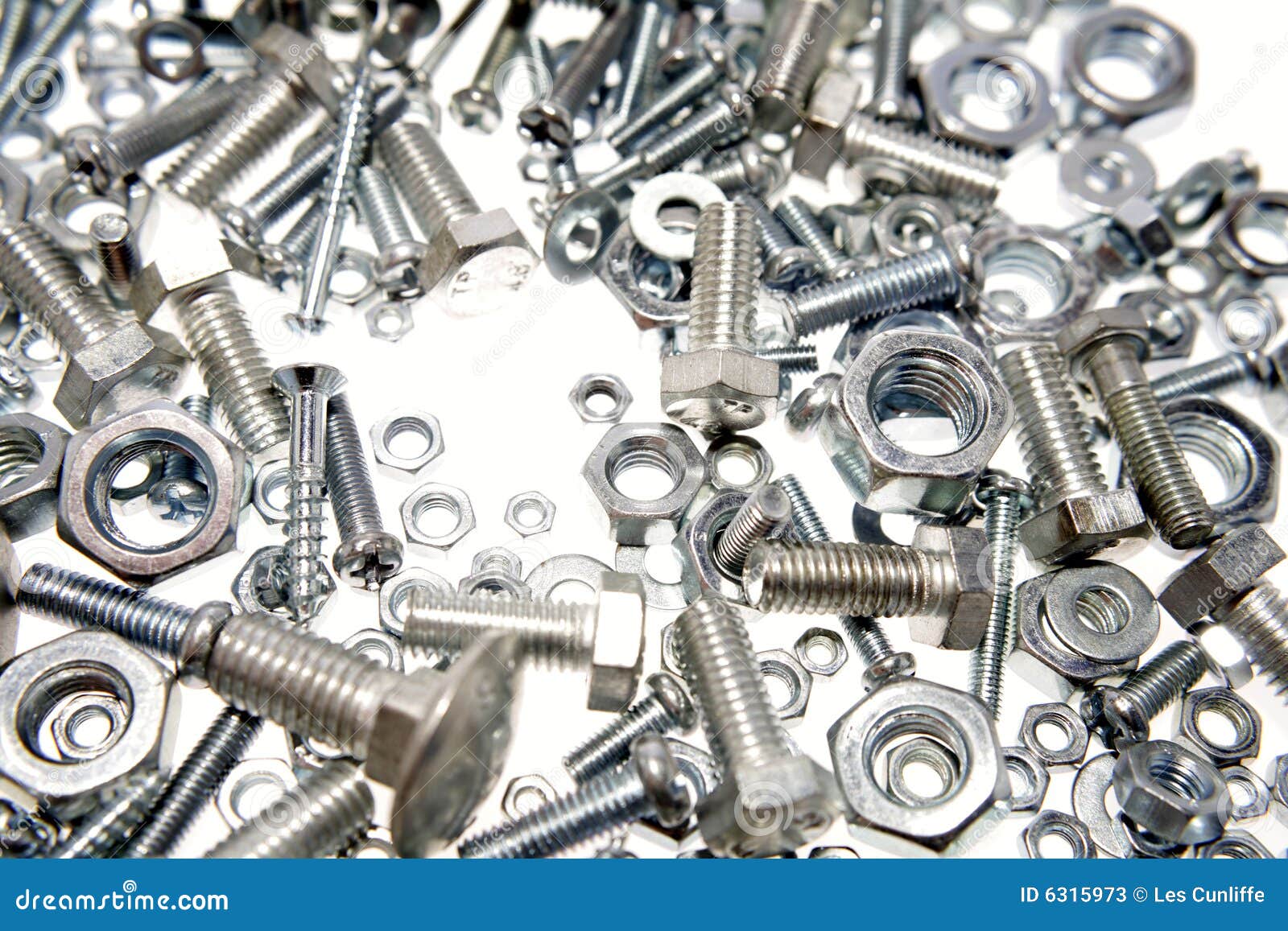As a creator, regardless of whether you're an experienced DIYer or even a casual hobbyist, maintaining a tidy collection of nuts and bolts is crucial for your projects. These tiny but powerful fasteners serve an important function in various tasks, making sure components stay firmly attached. From building furniture to fixing cars, understanding the nuances of different types has the potential to elevate your craftsmanship and save you time and frustration on your tasks.
In this manual, we will examine the complete spectrum of nuts and bolts, dissecting their varieties, applications, and materials. We’ll explore important concepts including how machine bolts differ from structural bolts, how to choose the right fastener for wood versus metal, and the benefits of selecting corrosion-resistant options for outdoor applications. Whether you're tackling heavy-duty construction projects or simple home improvement tasks, understanding how to pick the appropriate nuts and bolts can greatly impact your work. Let’s unlock the world of fasteners and arm you with the understanding to make wise selections for your projects.
Grasping Fasteners and Screws
Nuts and fasteners are crucial components that play a crucial role in assembly and installation across various industries. They act as the building blocks for numerous applications, from assembling furniture to repairing vehicles. Grasping their basic characteristics is important for any DIY enthusiast or crafter. At their fundamental level, screws are rods with threads designed to be put through materials, while hexagonal pieces are six-sided fittings that fit onto the threaded portion of a bolt, allowing for a tight link when tightened.
Different types of components and bolts are accessible, each suited to particular projects and substances. Screws come in different styles, such as six-sided, multi-head, and heavy-duty bolts, each adapted for unique purposes. Selecting the correct type of fastener is critical for ensuring the durability and longevity of the construction. Additionally, nuts are classified based on their configurations and uses, with options like locking nuts and flange nuts providing specific solutions for distinct needs.
Knowing the correct applications for these fasteners is just as essential. For instance, some fasteners and bolts are optimized for heavy-duty construction projects, while some are specifically designed for vehicle applications. Understanding the variations in materials and coatings, such as corrosion-resistant steel and zinc-plated options, also affects performance, especially in specific conditions or exposure conditions. By grasping these basics, DIY enthusiasts can securely pick the suitable fasteners and bolts for their projects.
Types and Their Applications
Nuts and screws come in a wide variety of forms, which are tailored for specific uses. For example, hex bolts are among the most common fasteners used in building and can be located in basic assemblies, equipment, and automotive applications. Their six-sided head allows for convenient tightening with a wrench. Round bolts, noted by their curved head and square neck, are perfect for attaching wood to metal without the need for a nut fastener on the reverse side, making them suitable for external furniture and barrier construction.
Lag bolts, also known as lag screws, are heavy duty fasteners that are used in wood to provide additional holding power. They are commonly used in structure, decking, and other outdoor projects where strength is important. Understanding when to use lag screws versus standard fasteners can greatly improve the integrity of a project. For automotive repairs, specialized fasteners like shoulder screws and flange screws are often used due to their distinct shapes that offer better load distribution and fastening performance in confined spaces.
Nuts, too, have different types tailored to particular uses. Standard hex nuts are versatile and can be used with a variety of bolt types, while lock nuts are designed to prevent loosening due to vibration, making them essential in vehicle and machinery applications. https://pichestan.com/ provide a greater surface area for better load distribution and are often employed in structural uses. Understanding which nut to pair with a screw is vital for ensuring the stability and security of any construction.
Selecting the Appropriate Fastener
When selecting the right fastener for your project, it is essential to consider the materials you are working with. For example, if fastening wood, traditional wood screws may be sufficient, but if working with metal, you might need heavier duty bolts such as hex bolts or lag screws designed for that purpose. Always confirm that the fasteners you choose match the material's requirements to provide proper holding power and prevent damage.

One more important factor is the environment in which the fasteners will be used. If your project is intended for outdoor use or in environments prone to rust, opting for corrosion-resistant materials such as stainless steel or galvanized bolts is crucial. These fasteners are specifically designed to tolerate moisture and stop deterioration, ensuring the longevity of your work. Additionally, take into account specialty options like nylon lock nuts or tamper-proof fasteners for security or unique applications.
Finally, understanding the strength and load requirements of your project will assist you in choosing the correct type and grade of fastener. For heavy-duty construction, look for high-grade bolts that can handle large weight and stress, such as structural bolts or anchor bolts. Make sure to consult resources like strength comparison charts to find the most fitting options for your specific needs, ensuring both durability and safety in your construction or repair tasks.
